Arctic Terns are nature’s most extraordinary long-distance travelers, embarking on an annual migration that spans nearly 44,000 miles from the Arctic to Antarctica and back—the longest known migration of any animal on Earth. These remarkable seabirds have captured the imagination of birdwatchers and scientists alike, revolutionizing our understanding of avian migration patterns and inspiring new approaches to birdwatching. As tracking technology advances, our knowledge of Arctic Tern movements has expanded dramatically, transforming both scientific research and recreational birding practices. This magnificent species doesn’t just represent an impressive feat of natural endurance—it has become a symbol of how technology and citizen science are reshaping the way we connect with and understand the natural world.
The Record-Breaking Migration of Arctic Terns

Arctic Terns (Sterna paradisaea) hold the undisputed title for the longest migration of any animal, traveling approximately 44,000 miles annually between their Arctic breeding grounds and Antarctic feeding areas. This circular journey takes these lightweight birds—weighing just 100-120 grams—across oceans and continents in a perpetual pursuit of summer. Their extraordinary navigation allows them to follow complex routes rather than straight paths, maximizing feeding opportunities along the way. Perhaps most remarkably, Arctic Terns live up to 30 years, meaning a single bird might travel more than 1.5 million miles in its lifetime—equivalent to three round trips to the moon.
How Modern Tracking Technologies Revealed Their Journey
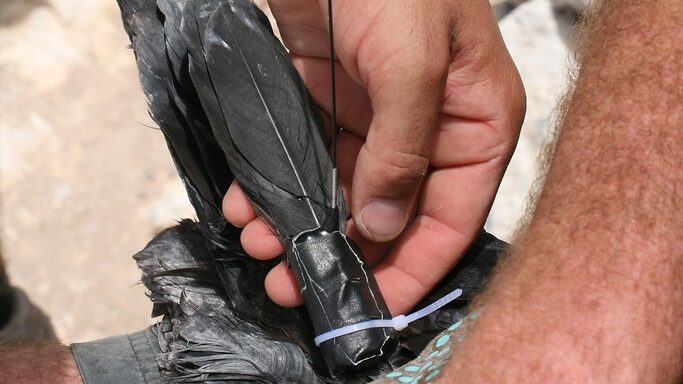
The full extent of Arctic Tern migration remained a mystery until recent decades when lightweight tracking technology finally made it possible to follow their entire journey. Traditional bird banding could only provide start and end points, but the development of miniature geolocators weighing less than a paperclip has revolutionized our understanding. In groundbreaking studies starting in 2007, researchers from Greenland, Iceland, and the UK attached these devices to terns, revealing previously unknown routes and stopover locations. The data showed that terns don’t simply fly north to south but follow complex S-shaped patterns, taking advantage of global wind systems to reduce energy expenditure. This technological breakthrough opened a new chapter in ornithology, proving that even small birds could undertake migrations far more extensive than previously imagined.
The Arctic Tern’s Unique Adaptations for Long-Distance Flight
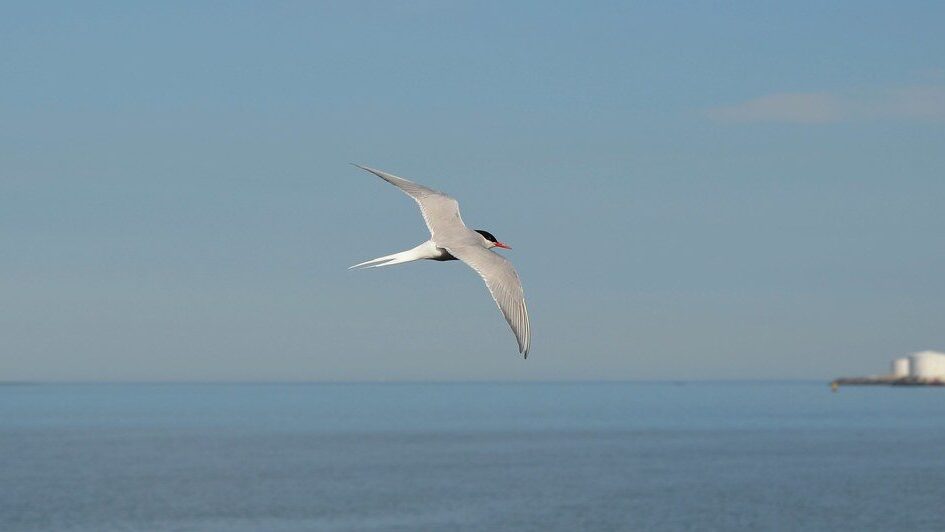
Arctic Terns possess remarkable physiological and behavioral adaptations that make their marathon migration possible. Their streamlined bodies, long, pointed wings, and lightweight build create an ideal aerodynamic profile that maximizes flight efficiency. These birds have evolved the ability to enter a state similar to “autopilot,” allowing them to sleep during flight by resting one hemisphere of their brain while the other remains alert—a phenomenon known as unihemispheric slow-wave sleep. Their digestive systems can rapidly process food, extracting maximum energy from small fish and crustaceans caught on the wing. Additionally, Arctic Terns can drink seawater thanks to specialized salt glands that filter out excess salt, eliminating the need to find freshwater during their oceanic crossings.
How Arctic Terns Navigate Across Hemispheres
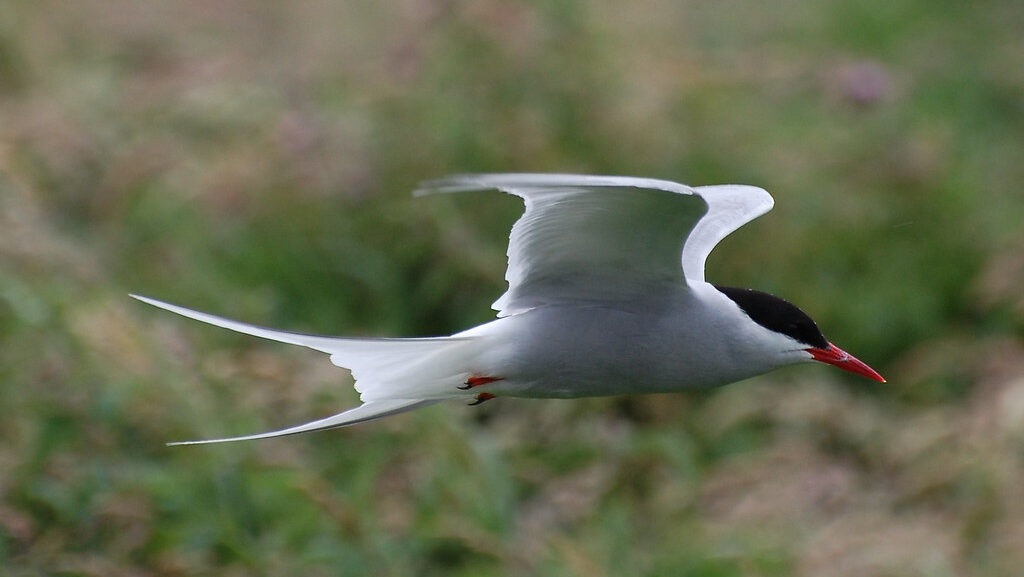
The navigation abilities of Arctic Terns represent one of nature’s most sophisticated guidance systems, allowing these birds to traverse vast distances with remarkable precision. Scientists believe they use a combination of celestial cues, sensing Earth’s magnetic field, visual landmarks, and possibly even scent to maintain their course. Research suggests they possess an internal magnetic compass calibrated by sunset and sunrise positions, which allows them to determine both direction and latitude. Their eyes contain specialized proteins called cryptochromes that may detect the Earth’s magnetic field, essentially giving terns a built-in GPS system. Perhaps most impressively, young terns successfully complete the migration without having ever made the journey before, suggesting some aspects of their navigational ability are innate rather than learned.
The Rise of High-Tech Birdwatching

The tracking of Arctic Terns has coincided with—and helped fuel—a technological revolution in birdwatching. Traditional binoculars and field guides now work alongside smartphone apps, online databases, and social media networks that allow birders to share sightings instantaneously. Platforms like eBird have transformed casual observations into valuable scientific data, with millions of bird sightings logged globally each year. Advanced digital cameras with powerful zoom capabilities enable birders to capture detailed images of birds in flight, while acoustic monitoring devices can identify species by their calls alone. This tech-enhanced approach to birdwatching, inspired partly by research on long-distance migrants like Arctic Terns, has dramatically increased participation in the hobby while generating valuable scientific data.
Citizen Science: Transforming Casual Birders into Researchers

The study of Arctic Tern migration has become a powerful example of how citizen science can contribute to ornithological research, creating a new model of participation for birders worldwide. Programs like eBird, operated by Cornell Lab of Ornithology, allow amateur birdwatchers to submit tern sightings that collectively build a comprehensive picture of migration patterns and timing. In coastal regions where Arctic Terns make stopovers, organized monitoring events engage local communities in counting and reporting activities, generating data impossible for scientists to collect alone. This democratization of research has not only provided valuable information but has also deepened participants’ connection with birds and conservation issues. For many participants, the transition from casual hobbyist to citizen scientist has transformed birdwatching into a more meaningful and purposeful activity.
Social Media and the Arctic Tern Effect

Arctic Terns have become unexpected social media stars, with their extraordinary migrations capturing public imagination and spreading awareness far beyond traditional birdwatching circles. Hashtags like #ArcticTern and #MigrationMarvel regularly trend when new tracking data reveals fresh insights about their journeys. Wildlife photographers share stunning images of these elegant birds against dramatic polar landscapes, garnering thousands of likes and shares. Organizations like the Royal Society for the Protection of Birds (RSPB) and Audubon Society have leveraged this appeal through engaging social media campaigns that use Arctic Terns as ambassadors for conservation issues. This “Arctic Tern effect” demonstrates how a single species with a compelling story can serve as an entry point to broader engagement with birdwatching and environmental protection.
Virtual Birdwatching: Following Terns from Your Living Room
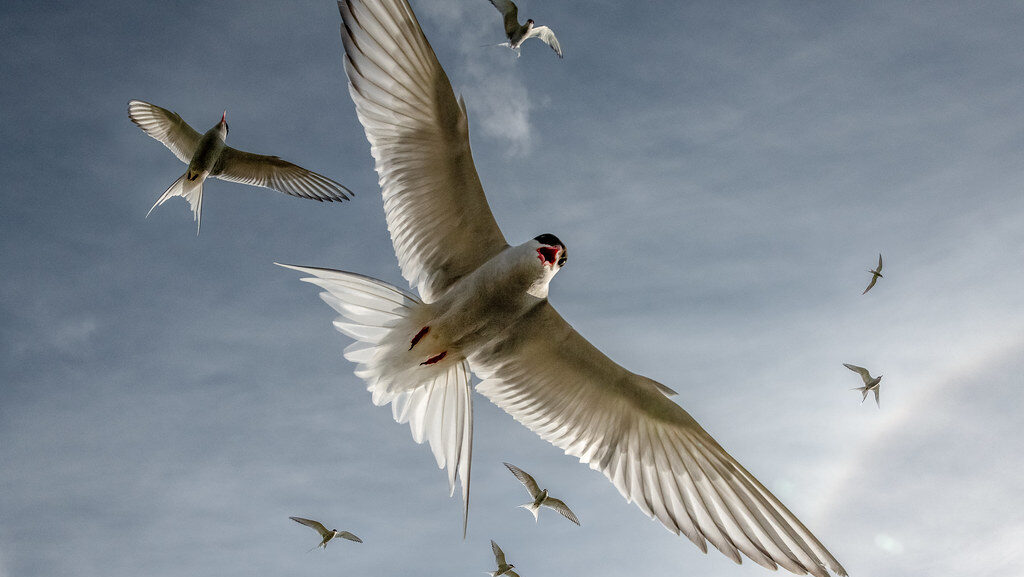
The digital age has given rise to virtual birdwatching experiences that allow enthusiasts to “follow” Arctic Terns throughout their incredible journeys without leaving home. Interactive online maps created by organizations like BirdLife International display real-time tracking data from tagged terns, complete with daily updates and migration milestones. Webcams positioned at key breeding colonies in places like Iceland and Greenland provide live streaming footage during nesting season, offering intimate glimpses into tern behavior previously accessible only to field researchers. Virtual reality experiences developed by educational institutions now simulate the experience of flying alongside terns, creating immersive educational opportunities for schools and museums. These digital platforms have made the wonder of Arctic Tern migration accessible to people with mobility limitations, those living far from natural tern habitats, and younger generations accustomed to digital engagement.
Conservation Awareness Through Migration Storytelling
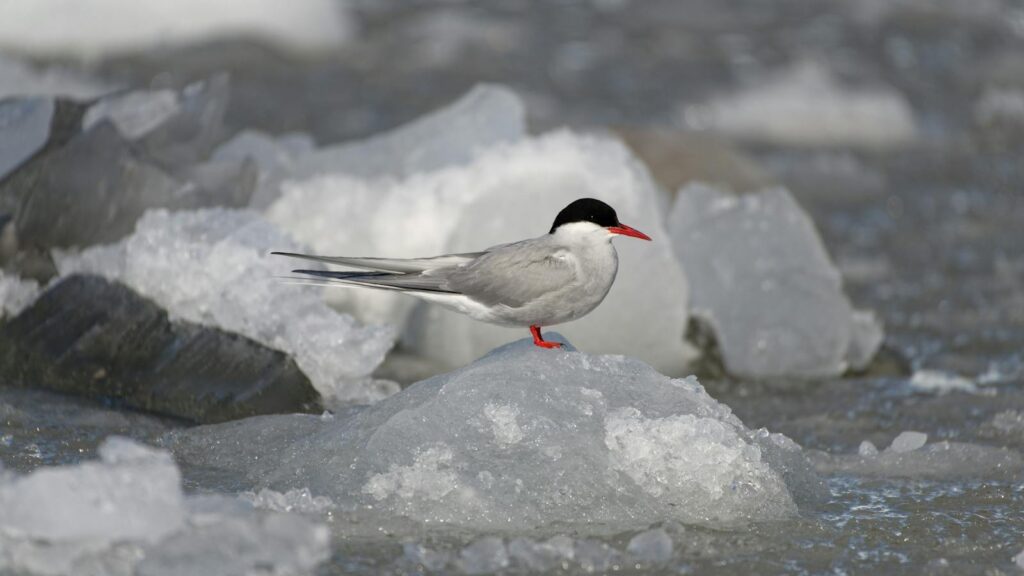
The compelling narrative of Arctic Tern migration has become a powerful tool for conservation education, highlighting the interconnectedness of global ecosystems. Conservation organizations increasingly use the tern’s journey to illustrate how habitat destruction in one location can affect species thousands of miles away, as these birds depend on healthy ecosystems across multiple continents and oceans. Climate change impacts become tangible when explained through the lens of changing ice patterns in the Arctic and Antarctic affecting tern feeding grounds. Educational programs built around tracking specific named terns create emotional investment in their survival, particularly among younger audiences. This storytelling approach has proven effective at transforming abstract conservation concepts into relatable narratives that inspire action and support for international protection efforts.
The Economic Impact of Tern Tourism
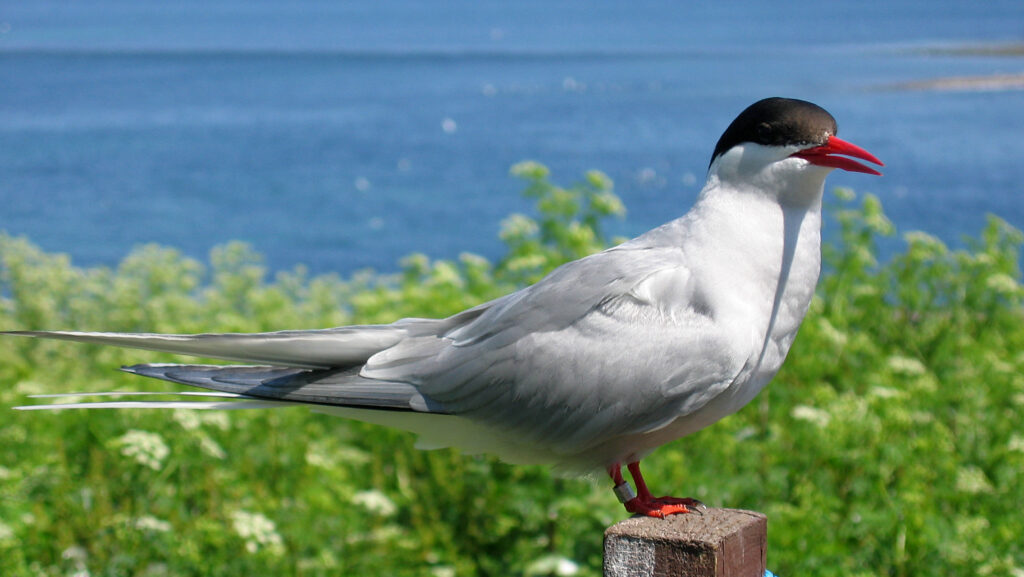
Arctic Tern migrations have spawned specialized tourism that generates economic benefits for communities along their route, creating a new subset of the birdwatching industry. Coastal towns in Iceland, Norway, Scotland, and other locations along migration pathways have developed “tern tourism” infrastructure, including observation platforms, guided tours, and annual festivals coinciding with peak migration periods. Local guides who can lead visitors to prime viewing locations often command premium fees during the brief but intense tern season, creating valuable seasonal employment. Accommodations marketing themselves as “tern-watching destinations” report extended tourist seasons and higher occupancy rates when migrations are underway. This economic incentive has transformed attitudes toward conservation in many communities, as residents recognize the financial value of protecting the habitats that attract these charismatic birds and their human admirers.
Ethical Considerations in Tracking and Observing Terns

The evolving practices of birdwatching and research raise important ethical questions about how we interact with Arctic Terns and other migratory species. Scientists and conservation organizations have developed strict protocols for attaching tracking devices, ensuring they weigh less than 3% of the bird’s body mass and are designed to eventually detach without requiring recapture. Birdwatching organizations have established ethical guidelines for observing nesting colonies, including maintaining minimum distances to prevent disturbance and limiting photography that might stress breeding birds. The question of whether tracking data should be publicly available in real-time continues to spark debate, with concerns that revealing sensitive stopover locations might lead to overcrowding by enthusiastic birders. These ethical considerations have fostered important conversations within the birdwatching community about responsible engagement with wildlife in an age of increasing technological capabilities.
The Future of Tern Research and Birdwatching
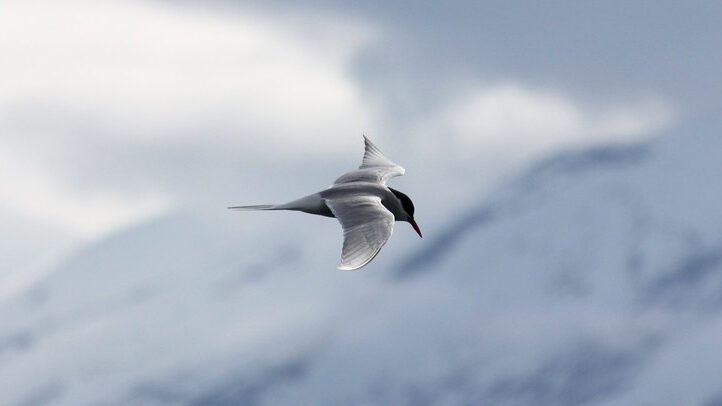
Emerging technologies promise to further revolutionize both Arctic Tern research and the birdwatching experience in coming years, building on decades of innovation. Miniaturized solar-powered trackers now in development will allow continuous monitoring throughout multiple migration cycles, creating unprecedented longitudinal data on individual birds. Artificial intelligence applications are being designed to analyze patterns in migration data that might be invisible to human researchers, potentially revealing new insights about how terns adapt to changing conditions. For birdwatchers, augmented reality glasses could soon overlay information about observed terns directly in the field of vision, including migration history of tagged individuals. These technological advances may soon make it possible to follow specific, named terns throughout their lives, creating deeper connections between human observers and these remarkable birds while generating valuable data about their response to global climate change.
Conclusion: What Arctic Terns Teach Us About Connection
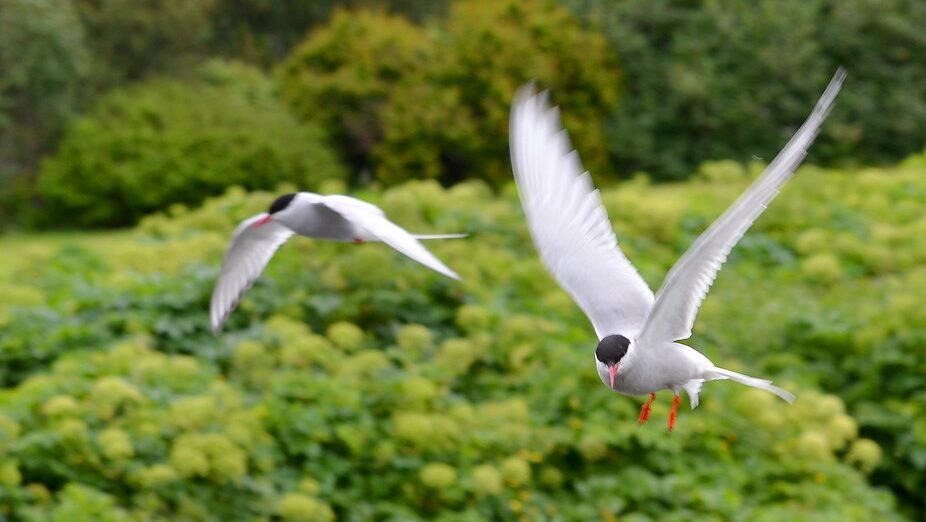
The Arctic Tern’s extraordinary migration has become more than just an ornithological marvel—it has transformed how we engage with birds and the natural world. By connecting the Arctic and Antarctic, these remarkable travelers demonstrate the ecological links between the most distant parts of our planet, serving as living symbols of global interconnectedness. The technologies developed to study their migrations have democratized birdwatching, turning casual observers into contributors to scientific understanding while creating new communities united by shared wonder. As climate change threatens migratory species worldwide, Arctic Terns remind us that conservation requires international cooperation matching the borderless nature of these birds’ journeys. Perhaps most importantly, these unassuming seabirds with their record-breaking travels continue to inspire humility and awe, reminding us that even in our technological age, the natural world still harbors wonders beyond our imagination—wonders we are only beginning to understand.
